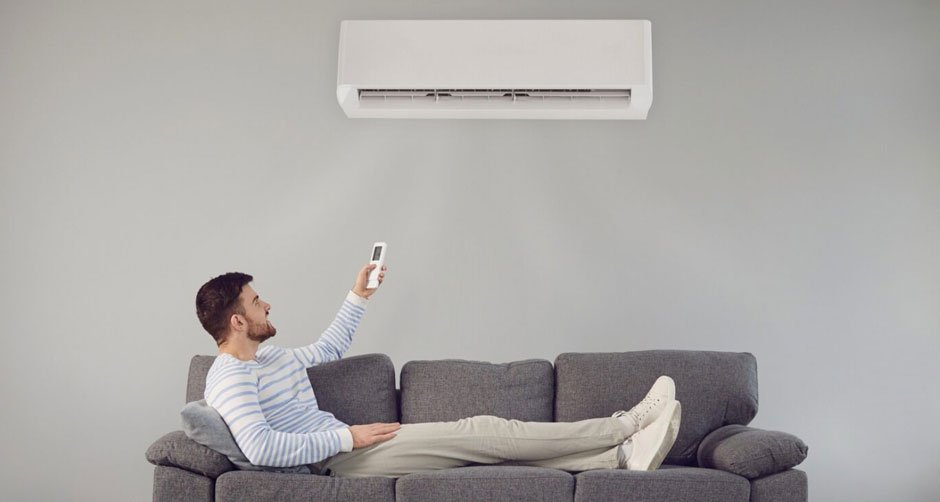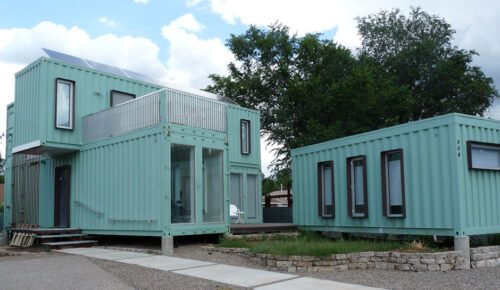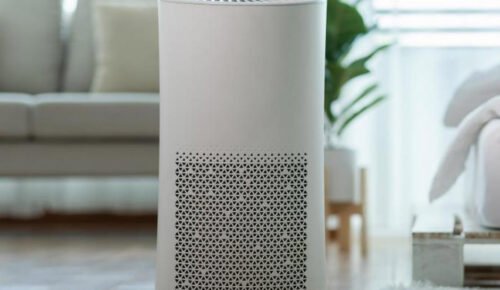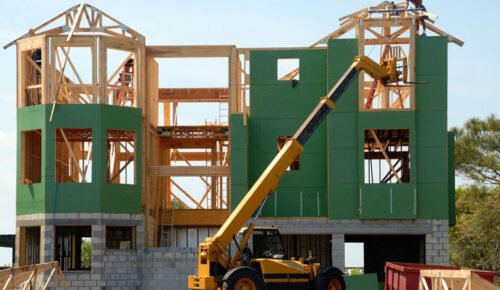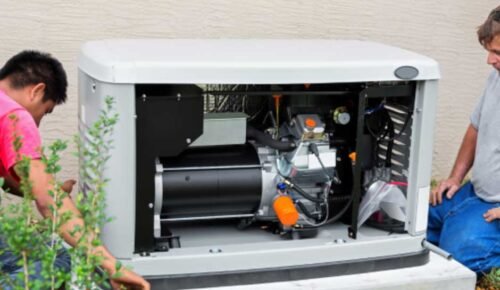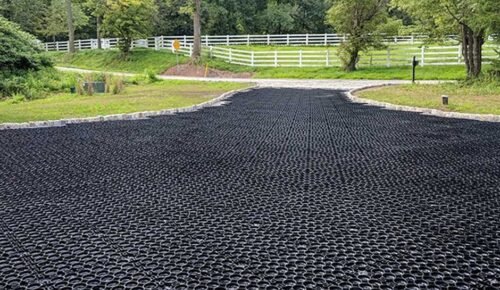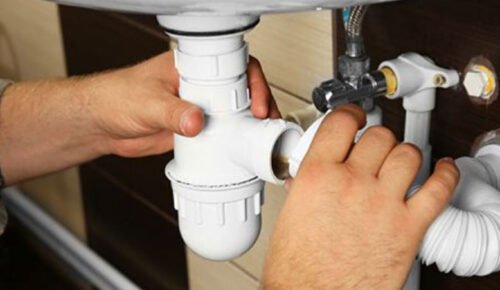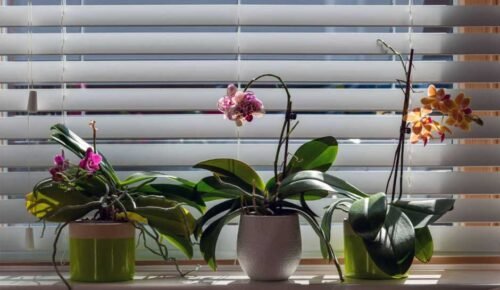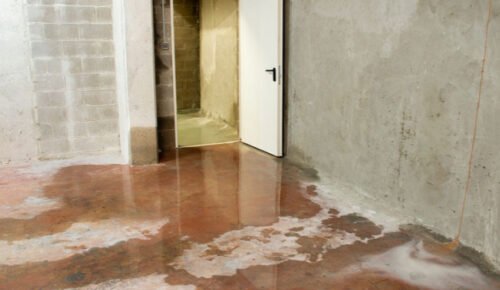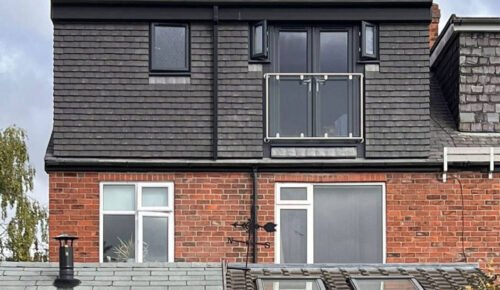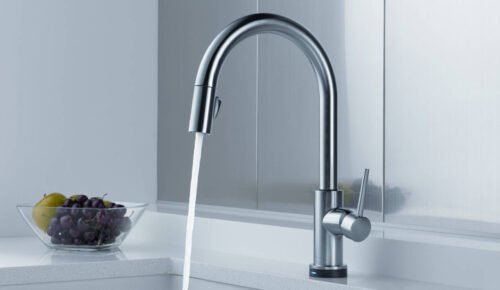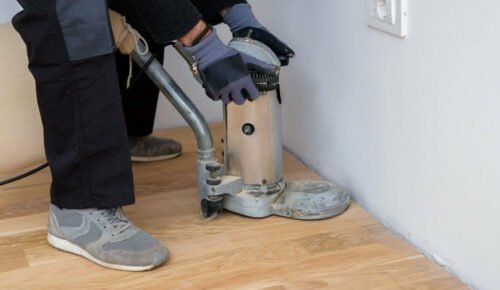Introduction
When it comes to modern home comfort, energy efficiency, and customizable climate control, AC mini-splits are quickly becoming a go-to solution for homeowners and businesses alike. As traditional HVAC systems face growing scrutiny for their energy loss and installation demands, mini-splits offer a refreshing alternative—compact, efficient, and easy to install. This guide explores everything you need to know about mini split systems, from how they work and why they’re so energy-efficient to the long-term cost savings and environmental benefits they provide. Whether you’re renovating a single room or rethinking your entire heating and cooling setup, understanding mini splits can help you make a more intelligent, more sustainable choice for your space.
What Are AC Mini Splits? Understanding the Basics
The way people cool and heat their homes is changing, and mini split systems stand out as one of the most flexible solutions on the market. A mini split, also known as a ductless mini split, is composed of an outdoor compressor and condenser connected to one or more compact indoor units. These systems are linked by discreet refrigerant and electrical lines, which makes the installation far less invasive compared to bulky, traditional ducted HVAC units. Mini splits originated in Japan in the 1970s and have gained significant popularity in the United States and Europe, particularly for residential spaces, small businesses, apartments, and additions without pre-existing ductwork.
The essential beauty of a mini split system lies in its efficiency and adaptability. By eliminating extensive ductwork, these air conditioning units minimize the energy lost between the source and the living space. Energy is transferred more directly, which makes cooling and heating more efficient in both urban homes and rural escapes. For those who appreciate straightforward solutions that blend practicality with comfort, the MRCOOL mini split lineup exemplifies how modern design meets easy installation for homeowners. Such systems are helping to redefine what comfortable, efficient living looks like in a wide range of settings.
Comparing Energy Efficiency: Mini Splits vs. Traditional Systems
Mini splits shine brightest when their energy use is compared directly against that of more conventional heating and cooling systems. Central HVAC units tend to lose up to 30% of their energy simply moving air through ductwork—an issue entirely sidestepped by ductless models. This makes a robust case for mini-splits in spaces where efficiency (and saving money) matters. According to the U.S. Department of Energy, mini split heat pumps often reach higher Seasonal Energy Efficiency Ratio (SEER) and Heating Seasonal Performance Factor (HSPF) values than standard units, sometimes hitting SEER ratings of 20 or more.
Research indicates that homes equipped with mini-splits can achieve overall energy reductions of 20% to 40% compared to older cooling systems. Beyond just technical specifications, this means a more predictable utility bill in climates with both hot summers and cold winters. It is no surprise that many utility companies now offer incentives for installing these energy-efficient units, further making the switch both environmentally and financially sound.
Installation Benefits: Flexibility and Space-Saving Design
One of the most attractive qualities of ductless mini-splits is their flexibility in installation. For homeowners living in historic properties or buildings that lack the necessary infrastructure for extensive ductwork, mini-splits are a game-changer. The indoor units can be mounted high on walls, suspended from ceilings, or even floor-standing, fitting perfectly even in tight, awkward spaces. The outdoor unit, meanwhile, can be discreetly tucked away in a location that maintains the exterior’s curb appeal.
Installation typically takes much less time and creates very little mess, usually requiring only a small hole for the conduit to pass through. This results in less disruption for occupants and lower overall labor costs. Mini splits are ideal for renovations, sunrooms, garage conversions, and any area that previously seemed impossible to heat or cool efficiently. Modern families and landlords love the convenience: it means more livable, comfortable square footage with minimal fuss and downtime.
Zoning: Customized Comfort for Every Room
Mini splits offer a unique luxury: zoning. Each indoor air handler can be set to a different temperature, managed by its own remote or smart thermostat. In a family with varied schedules or temperature preferences, no one needs to compromise. For example, you might keep the living room crisp during a summer afternoon gathering while reducing cooling in seldom-used bedrooms. Or, in winter, heat only the nursery at night while keeping the rest of the house cooler.
This “room-by-room” approach not only improves comfort but multiplies energy savings by ensuring energy isn’t wasted on spaces that are empty for hours on end. This is a far cry from one-size-fits-all central air, which often leaves some rooms too hot while others are too cold. Mini splits provide a solution as unique as each homeowner’s needs—it’s a fully personalized experience with simple controls.
Cost Savings Over Time
The sticker price of a new mini split might give pause, but the long-term savings often tell a different story. Energy savings stem from efficient operation, zoned temperature control, and the absence of energy-sapping ducts. The U.S. Department of Energy notes that heat pumps and mini-splits, thanks to variable-speed compressors, use energy only as needed—an upgrade over the start-stop cycles of conventional units.
What is even better? There are often state and federal incentives, as well as rebates from power companies, designed to encourage the adoption of higher-efficiency models. According to Consumer Reports, these incentives can substantially offset the initial costs, especially when installing multiple zones. Many homeowners find their system has paid for itself through lower monthly utility bills and fewer calls to the repair technician within only a few years.
Environmental Advantages of Mini Split Systems
Sustainability is becoming an increasingly important priority for families and communities. Mini split systems align with this goal thanks to reduced power consumption and the use of environmentally friendly refrigerants in newer models. Because mini-splits transfer heat rather than generating it, their carbon footprint is smaller than fossil fuel–based heating systems. Many mini splits utilize R32 or other refrigerants with a lower global warming potential compared to previous generations.
Lower electricity demand helps reduce power plant emissions, thereby decreasing air pollution and greenhouse gas emissions. Choosing ductless technology is a meaningful step toward greener living, without sacrificing comfort or convenience. For homeowners seeking to reduce their environmental impact without significant lifestyle changes, mini-splits provide an innovative, turnkey solution.
Noise Levels and Air Quality Improvements
Anyone who has suffered through a clunky, noisy window unit or an old central AC knows how intrusive those rattles and hums can be. Mini splits solve this by moving the compressor—the noisiest part of the system—outside and using advanced engineering to ensure that indoor air handlers operate nearly silently. Users consistently report that mini split systems are so quiet, it’s easy to forget they’re running at all.
Cleaner air is another significant bonus. Most mini splits include multi-stage filtration, capturing dust, dander, pollen, and even some microbes before they can circulate throughout the home. For allergy and asthma sufferers, or those living in urban areas with higher pollution, this can lead to a tangible improvement in everyday health. Quiet operation and better air quality aren’t just luxuries—they set a new standard for what modern home comfort should deliver.
Considerations and Limitations
It’s essential to approach any major upgrade with a clear understanding. Mini splits do come with an upfront investment, especially in large homes or properties that require multiple indoor units. While DIY kits can reduce installation costs, complex jobs still require skilled professionals to ensure peak performance and warranty coverage. Maintenance, though simple—regularly cleaning filters and checking refrigerant levels—is crucial to prevent energy waste and maintain high air quality.
Not every home is equally suited for a mini split; factors such as layout and insulation quality should be evaluated. If your climate experiences extreme temperature swings, sizing the system correctly is crucial for achieving the desired comfort levels. But for many, the advantages in comfort, efficiency, and environmental impact far outweigh these potential challenges. For those seeking a blend of savings and innovative technology, mini splits remain a compelling choice for modern living.
